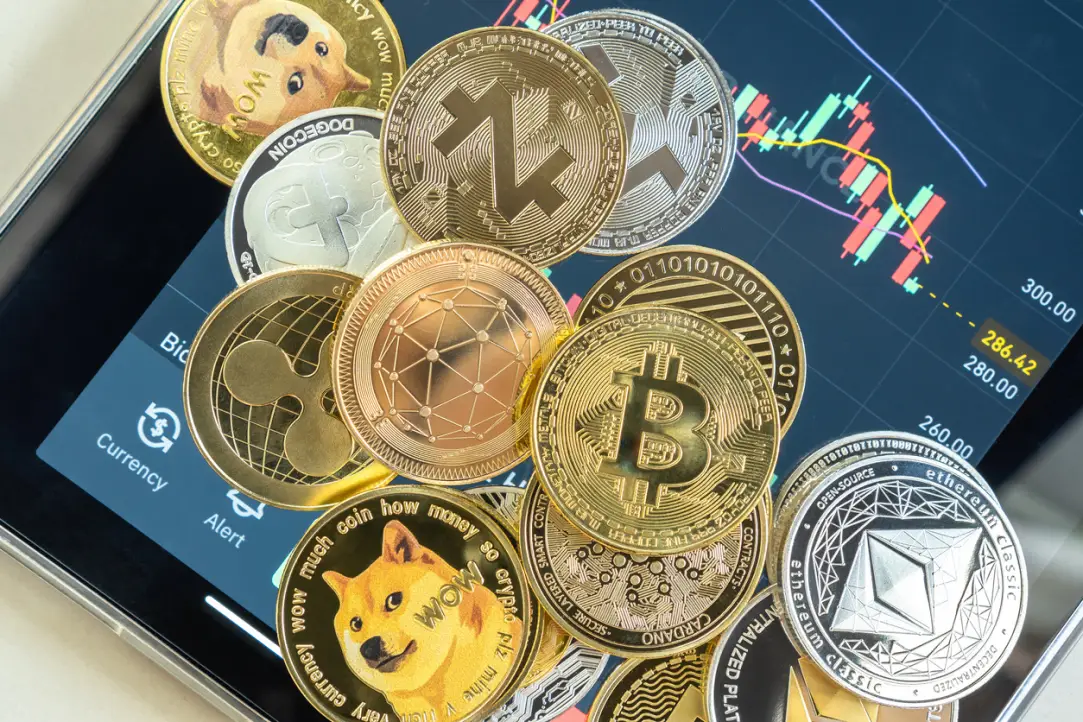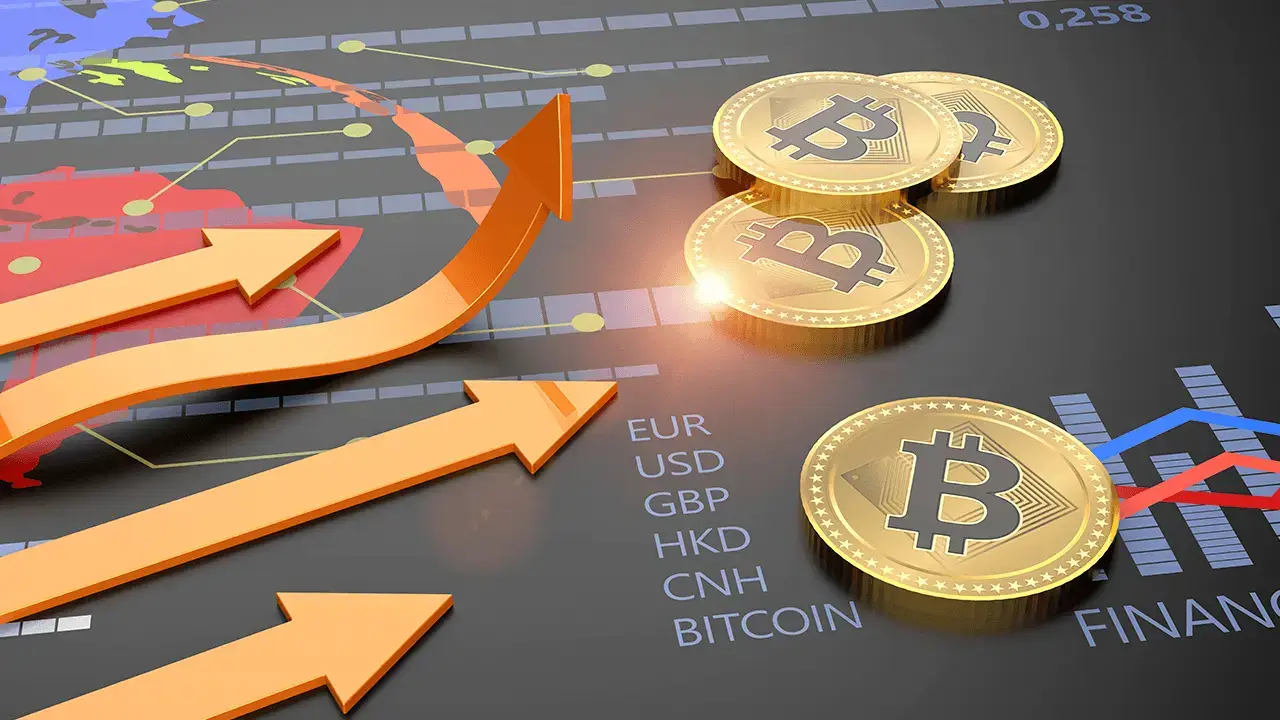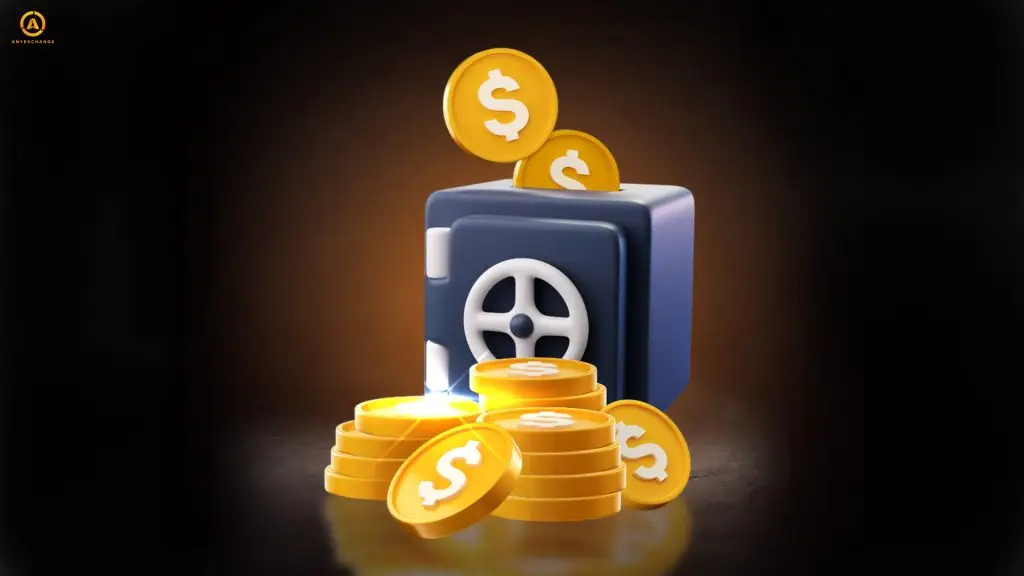Cryptocurrency is a digital currency based on blockchain and allows transactions to take place directly
Decentralisation provides security and transparency. Transactions happen faster
Bitcoin is the first and most famous cryptocurrency. Altcoins and tokens offer various functions and applications
Cryptocurrencies are prone to high volatility and instability. It's important to be careful

The blockchain market has entered a phase of transformation. The growth of TVL indicators, developer activity, record liquidity volumes in protocols, and the arrival of institutional investors have marked the beginning of a bull market. Investors are shifting their focus from hype to sustainability. The decisive factor is no longer noise, but the dynamics of …

The cryptocurrency market does not tolerate inaccuracies in understanding basic mechanisms. The strength of an asset lies in its ability to instantly transition from a state of ownership to its monetary equivalent without any loss of value. Therefore, the question of what cryptocurrency liquidity is is on par with the analysis of volume, capitalisation, and …

For some time now, digital assets are no longer just rare, but have become real tools. Cryptocurrency is no longer exclusively associated with Bitcoin: it is now part of everyday language, investment wallets and government discussions. But not everyone understands where the token comes from, who confirms transactions and why algorithms influence profitability. To do …

Crypto-trends in 2025 require analysis and a holistic approach. A new paradigm is being built in which digital assets are being integrated into real economic processes, transforming traditional financial models. New regulatory schemes are being formed and large-scale changes are taking place in the structure of interaction between participants. Cryptocurrencies trends in 2025: what investors …

Cryptocurrency mining is a key element of the digital asset system. The process allows you not only to keep the blockchain running, but also to be rewarded for your efforts to confirm transactions and ensure the security of the network. Let’s take a closer look at what cryptocurrency mining is, how it works and what …

Storing cryptocurrency requires a special approach and knowledge. Unlike traditional financial instruments, BTC requires a special digital safe. In this article, we’ll explain what a Bitcoin wallet is, why it’s important for anyone storing cryptocurrencies, and also touch on other aspects of the topic. Bitcoin Wallet: What Is It? It’s a tool for storing, sending, …
Cryptocurrencies offer a variety of assets to invest in
Cryptocurrencies have significant growth potential
Cryptocurrency market provides high liquidity
Blockchain and other technologies open up new opportunities
Learn about the key aspects of the cryptocurrency market and its potential. Discover unique investment opportunities that can significantly increase your financial income and provide access to innovative technology solutions. Immerse yourself in a dynamic environment where new trends and tools are emerging
